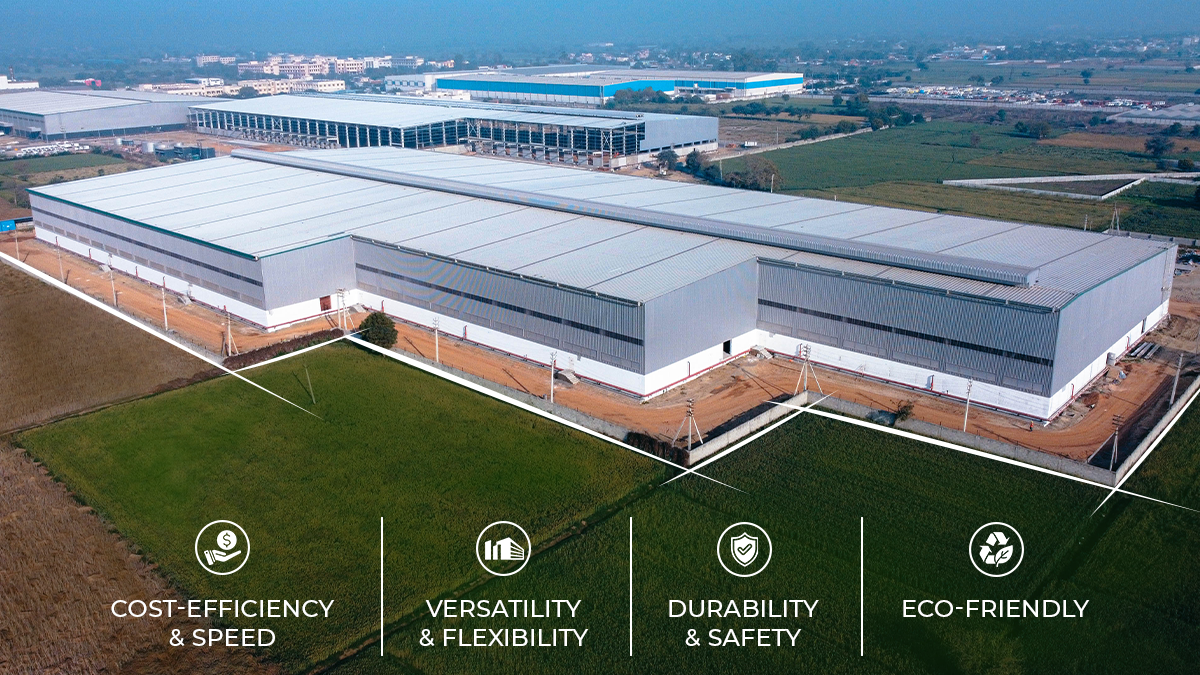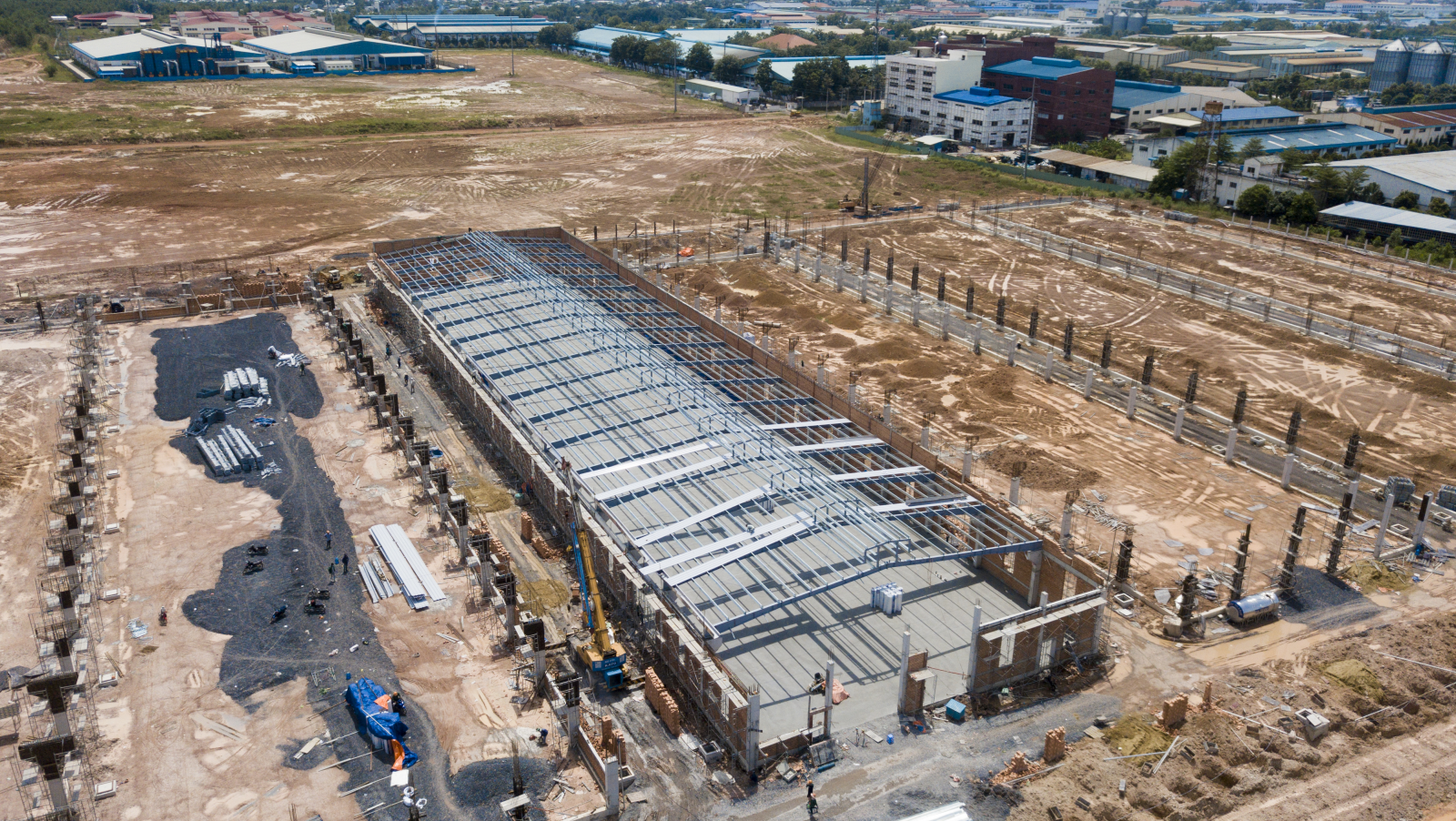
EPA Plans to Revise Power Sector Wastewater Regulations
[ad_1]

The U.S. Environmental Protection Agency announced plans on June 30 to revise federal wastewater discharge limits for steam-electric power plants, a regulatory shift expected to alter timelines and costs for upcoming retrofit projects.
The current effluent-limitation guidelines (ELGs), finalized in May 2024 under the Biden administration, impose near-zero discharge requirements on four categories of wastewater at coal- and gas-fired plants: flue gas desulfurization wastewater, bottom ash transport water, unmanaged combustion residual leachate and legacy wastewater.
RELATED
EPA Chief Rolls Back Climate, Air and Water Regulations
Compliance requires installation of advanced treatment systems designed to eliminate pollutant discharges, a measure projected to cost the power companies and utilities billions of dollars, but would increase opportunities for contractors that design and build wastewater treatment systems in the power sector. According to EPA’s 2024 Regulatory Impact Analysis, industry-wide compliance costs could total several billion dollars, with individual facilities potentially facing up to hundreds of millions of dollars in upgrade expenses.
In its proposed rulemaking notice, EPA indicated it will seek data on capital and operating expenses, practical performance and possible alternatives, such as extended deadlines and flexible technologies.
“We know there are serious concerns about the compliance timelines,” EPA Administrator Lee Zeldin said in a June 30 news release. “[We must consider more realistic options that may prevent the burdensome costs required by the current regulation.”
Under the Clean Water Act, EPA is required to review effluent-limitation guidelines periodically to reflect advances in pollution‑control technology and economic considerations.
The agency expects to publish the proposed rule in the Federal Register later this year, open a 60-day comment period and issue a final rule by mid-2026. A second rulemaking could follow to address additional wastewater streams not covered by the update.
Environmental groups warned that any relaxation of the guidelines could lead to increased pollutant loads in rivers and streams. Since the Obama administration, EPA has been issuing more stringent standards to protect water quality, says Thomas Cmar, a senior attorney at Earthjustice.
“Unfortunately, during the first Trump administration, those wastewater standards were rolled back, and during the subsequent four years of the Biden administration, we pushed hard for the EPA to strengthen those standards even further; now the [second] Trump administration is proposing to reconsider them once again,” says Cmar. The outcome of the vacillation between regulatory approaches has been “presidential ping pong,” he adds.
The outcome of the EPA rulemaking is expected to directly influence project scopes, timelines and procurement decisions across the wastewater retrofit market related to investment in pipelines, treatment systems and site upgrades over the next several years.
Brian Turmail, vice president of public affairs and workforce at the Associated General Contractors of America, said that while the trade group has no official stance on the regulation updates, it supports an “all-of-the-above approach” to energy policy. “Recognizing the impact of energy costs on all facets of the supply chain, we support common-sense approaches in regulation that keep energy affordable and do not negatively impact availability.”
[ad_2]
Source link
Post a Comment
You must be logged in to post a comment.






